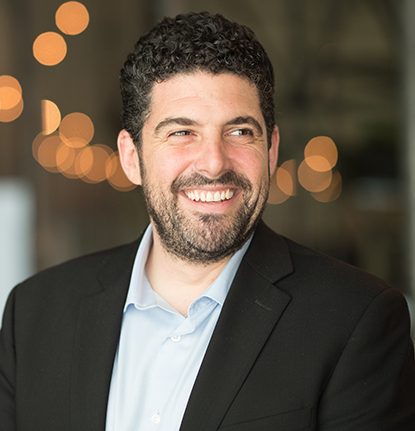The landscape of television, from the types of programming offered to how content is consumed, has changed completely in our lifetimes in a way that has been public and observable. We’ve seen the ways that many cable brands have struggled to appear “in touch” as consumer expectations shift. In Bravo, we see the power of developing a strategy that manages to safeguard itself from obsolescence. Lejeune is talking about creating spaces for fandoms to blossom, and as they do so, they have an opportunity to participate in the ways the business and the brand evolve. By taking a forward-thinking approach to developing those spaces, Lejeune intends to reach the consumer on the fringe, and offer them the opportunity to, not just watch some television, but to become part of a cultural experience.
In the fourteen years he has been with Bravo, Lejeune has seen the brand find its footing organically. This began with offering varied content and experimenting, then gradually honing in on what they, as a cable channel, had to offer to consumers. In the past 6-8 years, that has developed into what Lejeune describes as a “fandom-first” approach, as opposed to a “brand-first” approach. Bravo shows have long offered fans multiple touch-points through which to interact personally with the content, and because of this, fans have developed a real sense of ownership over the content itself. Fan-driven YouTube channels, podcasts, and online communities that surround shows like “The Real Housewives” or “Project Runway” are a product of the connection that the fans feel to these shows, and the connections they build with one another as a result. These fandoms are deeply opinionated about the direction Bravo takes with them, and Lejeune remarks that it’s not just about listening to them; the fans also have to know that their voices are being heard.
Building a devoted, avid fandom that actively contributes their strong opinions doesn’t happen overnight, however. For many brands, accessing that fanbase and developing that passion is where the challenge lies. Adler and Lejeune discuss one of NBC’s other networks, Oxygen, which serves a pre-existing fanbase (fans of true crime), rather than creating a fandom around a particular show. Lejeune says that it’s important to consider the psychology and values of that fandom when thinking about finding more ways to serve them. As fandoms find ways to connect with their media sources and help sculpt the narratives, their investment and passion have a space to form, and the conversation can grow authentically in what Lejeune calls a “multi-platform ecosystem.” This is a beautiful example of the power of a brand to go beyond what was once thought possible in an industry like cable television and thrive by connecting with their fans, not as passive consumers, but as co-contributors.
Contributors
-

Seth Adler heads up All Things Insights & All Things Innovation. He has spent his career bringing people together around content. He has a dynamic background producing events, podcasts, video, and the written word.
View all posts -






































































































































































